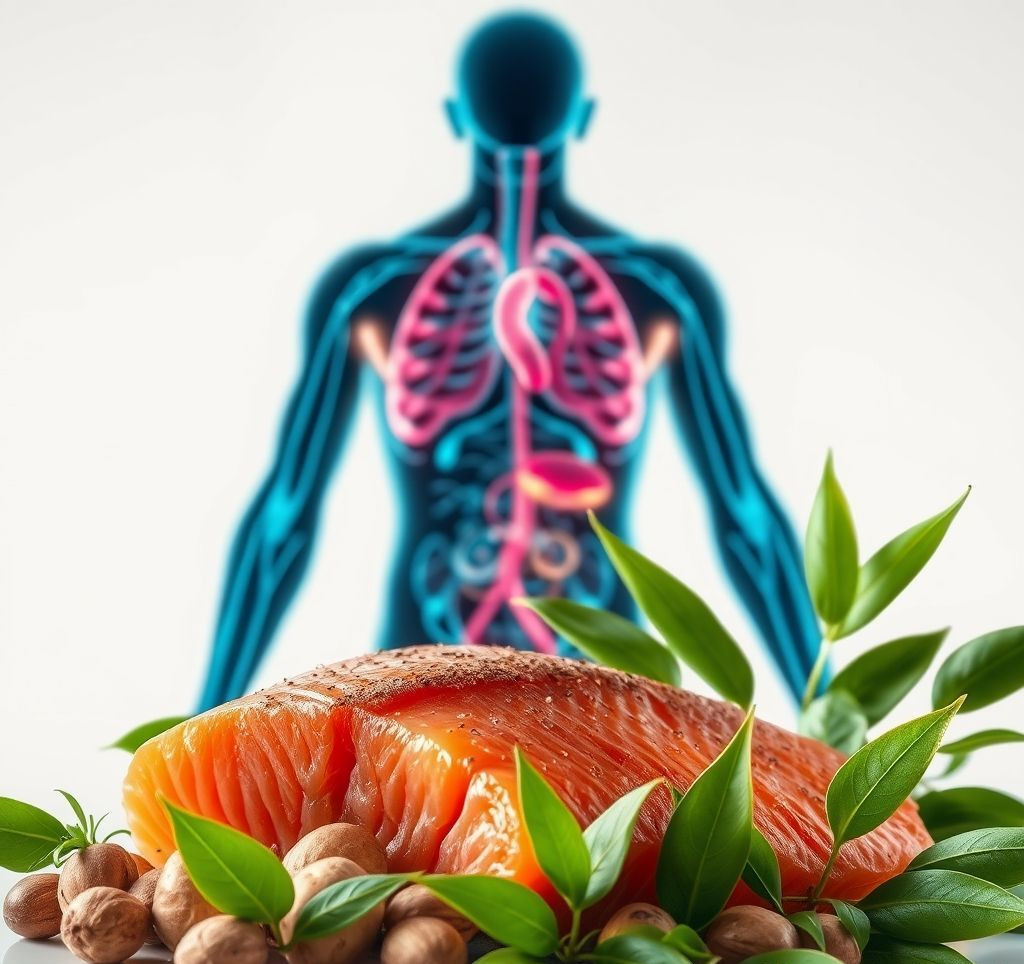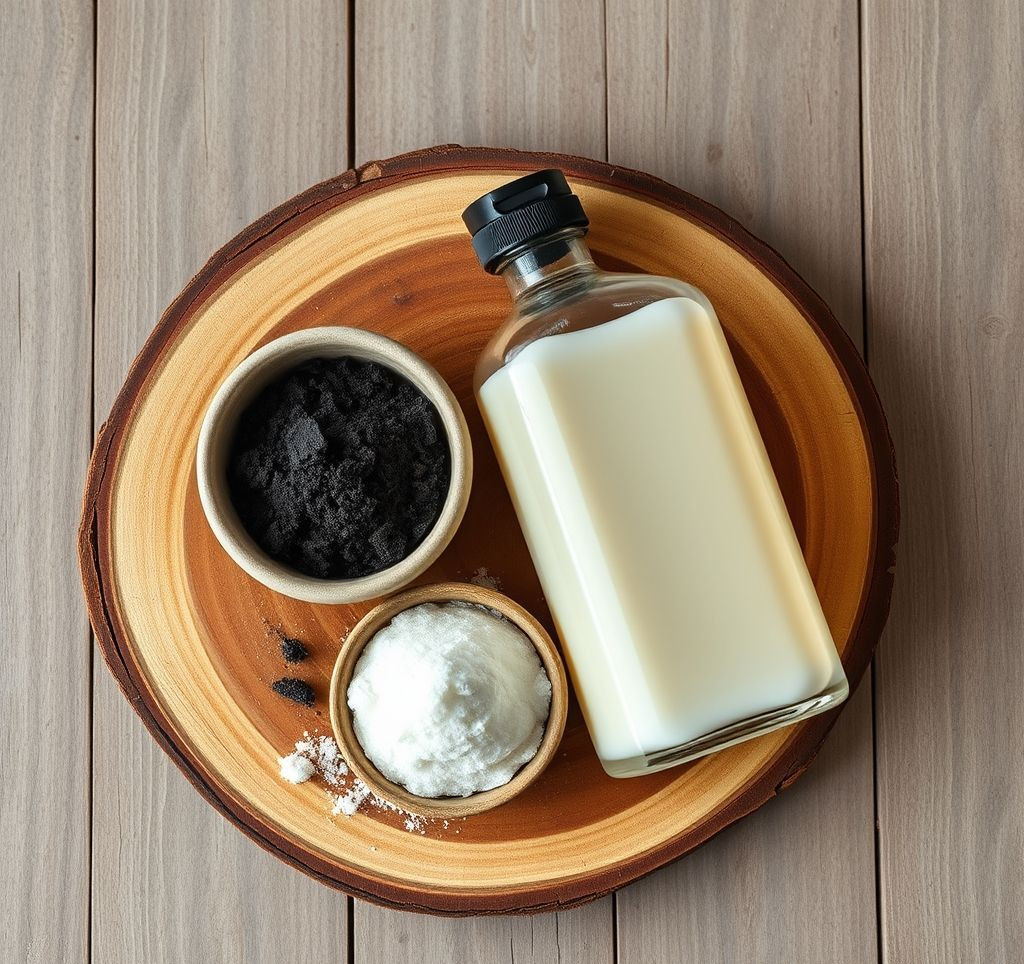Unlock Your Metabolism: Understanding How Your Body Burns Fat
Have you ever pondered the intricate science behind how your body taps into its energy reserves? The process of fat burning, scientifically known as lipolysis, is a fundamental metabolic function that fuels our daily activities. It’s not just about shedding unwanted pounds; it’s about intrinsic energy conversion. This article delves into the fascinating metabolic process of how fat is burned and highlights specific foods that can play a supportive role in enhancing this natural function. Understanding the core mechanisms and incorporating the right dietary components can be a powerful strategy for overall well-being and supporting your metabolic goals.
The Crucial Role of Metabolic Support
Understanding how the body burns fat is crucial for anyone seeking to manage their weight, improve energy levels, or enhance overall physical health. Supporting your metabolism, the sum of chemical processes that occur in living organisms to maintain life, is key. Here’s why this concept is paramount:
- Energy Utilization: Efficient fat burning ensures that your body effectively uses stored energy, preventing excessive accumulation.
- Hormonal Balance: Metabolic processes are closely linked to hormonal regulation, impacting mood, sleep, and appetite.
- Sustained Energy: A well-supported metabolism can lead to more consistent energy levels throughout the day.
- Nutrient Absorption: A healthy metabolic state aids in the proper digestion and absorption of nutrients from the foods you eat.
- Thermoregulation: Part of your metabolism involves generating heat (thermogenesis), which is vital for maintaining body temperature.
The Science Behind Fat Burning: Lipolysis and Thermogenesis
At its core, how fat is burned involves lipolysis. This is the metabolic process where stored triglycerides in adipose tissue are broken down into glycerol and free fatty acids. These free fatty acids are then released into the bloodstream and transported to cells throughout the body, where they are oxidized to produce energy (ATP). This process is influenced by various factors, including hormones like adrenaline and glucagon, and is also impacted by factors like exercise and diet.
Another critical aspect is thermogenesis, the process by which your body generates heat. Certain foods can influence thermogenesis, meaning they can slightly increase your metabolic rate and the number of calories you burn. This increase in calorie expenditure contributes to the overall energy balance equation that dictates fat loss. A well-functioning metabolic process is therefore vital for efficient utilization of fat stores.
Did You Know? Globally, over 1.9 billion adults are overweight, with 650 million being obese. Supporting a healthy metabol
ism through diet and lifestyle is a key strategy in addressing this public health challenge.Foods That Can Help Support the Fat Burns Process
While no single food is a magic bullet, certain ingredients can support your metabolism and the fat burns foods can be a cornerstone of a healthy approach. Incorporating these into your diet can help empower your body’s natural fat-burning capabilities:
- Lean Proteins: Foods like chicken breast, turkey, fish, eggs, and legumes require more energy to digest (a process called the thermic effect of food) and can help you feel fuller for longer.
- Spicy Peppers (Capsaicin): Compounds like capsaicin found in chili peppers can increase thermogenesis and potentially boost metabolism slightly.
- Green Tea: Rich in catechins and caffeine, green tea has been associated with an increase in calorie expenditure and fat oxidation.
- Whole Grains: Oats, quinoa, and barley are complex carbohydrates that require more energy to break down and digest, promoting sustained energy release.
- Healthy Fats: Avocados, nuts, seeds, and olive oil contain monounsaturated and polyunsaturated fats that are essential for overall health and can support metabolic function.
- High-Fiber Fruits and Vegetables: Berries, leafy greens, and broccoli are packed with fiber, which aids digestion and promotes satiety, indirectly supporting metabolic control.
Expert Insights and Best Practices
Optimizing how your body burns fat is a holistic endeavor. Consistency and a balanced approach are paramount. Avoid drastic measures that can shock your system. Instead, focus on sustainable dietary patterns and lifestyle choices.
“Nutrition is not about deprivation; it’s about nourishment. Focus on whole, unprocessed foods that fuel your body’s natural metabolic pathways.”
Key best practices include:
- Prioritize Whole Foods: Base your diet on minimally processed ingredients to ensure you’re getting essential nutrients without added sugars or unhealthy fats.
- Stay Hydrated: Water is essential for all metabolic processes, including lipolysis.
- Incorporate Strength Training: Building muscle mass increases your resting metabolic rate, meaning you burn more calories even at rest.
- Manage Stress: Chronic stress can disrupt hormones that regulate metabolism and fat storage.
- Ensure Adequate Sleep: Poor sleep can negatively impact metabolic hormones and increase cravings.
By understanding the metabolic process and choosing supportive foods, you are actively contributing to a healthier, more efficient system ready to utilize energy effectively.



















